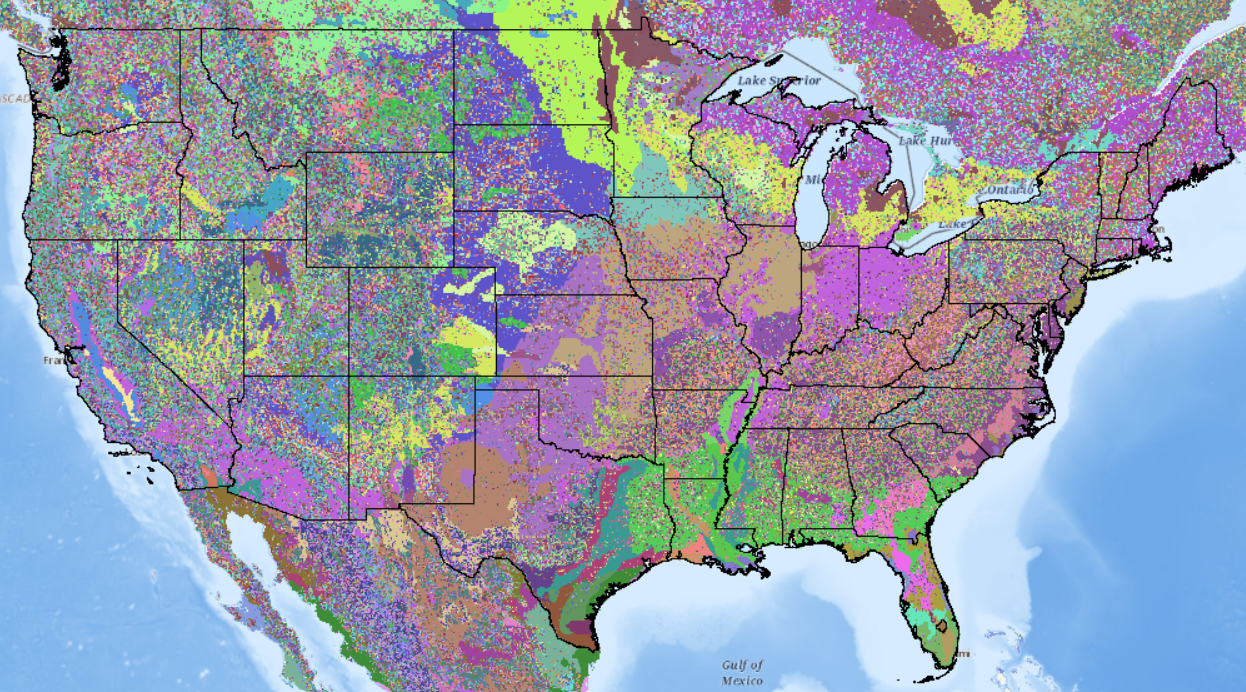Conserving Nature’s Stage looks to enduring landscape features as a “coarse filter” for capturing current and future biodiversity. The approach focuses on protecting the physical factors that create natural diversity in the first place, thus allowing species and communities to rearrange in response to a changing climate, as they have over eons. Land facets were used as the proxy for geodiversity — each land facet type reflects a combination of factors, including landform (e.g. valleys, plains, ridges), elevation & latitude, aspect & slope, and soil type.

Last Great Places highlights the top 10 places for conserving geophysical diversity, using minimum thresholds and a weighted ranking of three key factors.
- Land Facets – 100 or more – 50%
- Very low human modification – score under .100 – 30%
- Above average resilience to climate change – score over 500 -20%

The top places for conserving Nature’s Stage include large areas with very high geophysical diversity, very low human modification, and above average resilience to climate change. The places with highest geodiversity need to be protected in all ecoregions, even in more homogeneous regions like Tropical Florida, the East Gulf Coastal Plain and the midwestern Prairies .
An special section of Conservation Biology was devoted to the thinking and science behind Conserving Nature’s Stage. Conservation Biology Special Section: Conserving Nature’s Stage – Con Bio 29(3) 611-701)